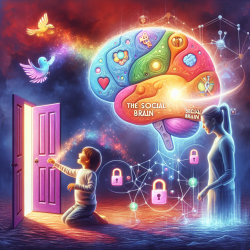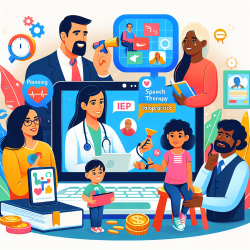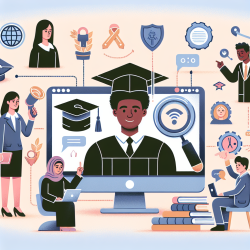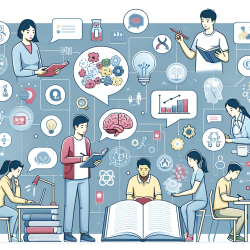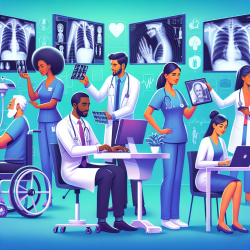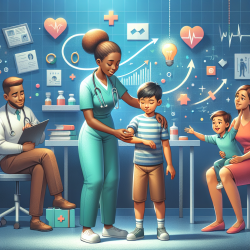Introduction
As practitioners committed to the development of children, we understand the importance of fostering social and cognitive skills. Recent research, particularly the study "Structural plasticity of the social brain: Differential change after socio-affective and cognitive mental training," provides compelling evidence that targeted mental training can induce structural changes in the brain. This blog will explore how these findings can be applied to improve outcomes in child development, especially within the context of online therapy services like those provided by TinyEYE.
The Power of Mental Training
The research conducted by Valk et al. (2017) demonstrated that specific mental training programs could lead to significant changes in brain morphology. By employing daily mental exercises and weekly group sessions, the study targeted three domains: mindfulness-based attention, socio-affective skills, and socio-cognitive skills. The results indicated that each type of training led to distinct changes in brain structure, correlating with improvements in attention, compassion, and cognitive perspective-taking.
Practical Applications for Practitioners
For practitioners, these findings highlight the potential of integrating structured mental training into therapy sessions. Here are some actionable steps:
- Mindfulness-Based Attention: Incorporate mindfulness exercises that focus on present-moment awareness. This can enhance attention and self-regulation in children, crucial for learning and social interactions.
- Socio-Affective Skills: Develop activities that promote empathy and compassion. Role-playing and storytelling can be effective methods to cultivate these skills, which are vital for emotional intelligence.
- Socio-Cognitive Skills: Engage children in exercises that encourage perspective-taking and understanding others' mental states. Games that involve predicting outcomes or discussing characters' motivations in stories can be beneficial.
Encouraging Further Research
While the study provides a solid foundation, it also opens avenues for further research. Practitioners are encouraged to explore how these training modules can be adapted for children and integrated into online therapy platforms. Investigating the long-term effects of such interventions on child development could yield valuable insights.
Conclusion
The structural plasticity of the social brain offers exciting possibilities for enhancing child development through targeted mental training. By applying these research findings, practitioners can create more effective therapy programs that foster essential social and cognitive skills in children.
To read the original research paper, please follow this link: Structural plasticity of the social brain: Differential change after socio-affective and cognitive mental training.
